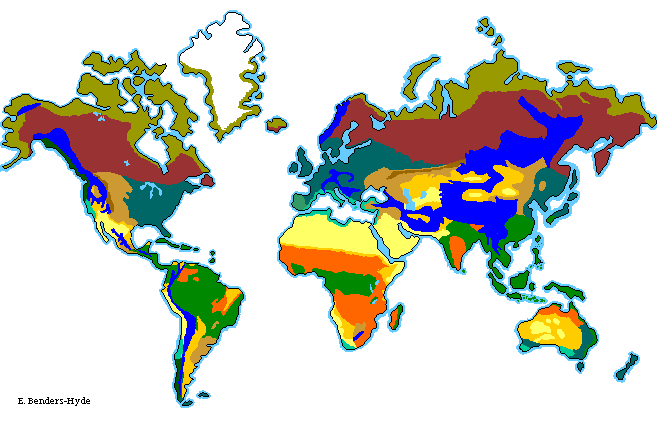Skylar, Higgins, & Boone (2007): Strategies for Adapting WebQuests for Students with Learning Disabilities
“Research suggests that students with disabilities who use technology are more highly motivated and complete more assignments when using the technology” Sylar et al 2007, p. 3). Therefore WebQuests can be used as a motivational tool for students and can be easily modified to meet the needs of students with disabilities. In my own classrooms, I would use the graphic organizers when completing WebQuests in order to keep students thoughts organized and on task.
Sox & Rubinstein-Avila (2009): Webquests for English-Language Learners: Essential Elements for Design
“One of the main purposes for using Webquests is, after all, to narrow the search to maximize the relevance, comprehensible input, and efficiency of students’ Internet researches” (Sox & Rubinstein-Avila 2009, p. 46). This helps English Language Learners who have difficultly generating keywords to search. Also, there are no distracting advertisements surrounding the new information being read.
| Click on the image to go to a WebQuest website for all grade levels. |
 |
| Click on the image to go to a WebQuest specifically for Biomes. |
Donald J Leu, PhD provided many examples of how to implement Internet into your curriculum and classroom. His quick videos can be found at http://ctell.uconn.edu/canter/canter_video.cfm. I was particularly interested incorporating Internet workshop into my instruction when I have a classroom of my own. According to Leu, “Internet workshop develops content knowledge, strategies for using network information sources, as well as student collaboration.” The first step for incorporating Internet workshop is to locate sites. This can be done by using central directories in your curriculum area or by using pre-screened search engines, such as Yahooligans.com or Askjeeveskids.com.
 |
| Click here to go to yahooligans.com |
| Click here to go to Askjeeveskids.com |
The fourth step of Internet workshop is to share and exchange information. This can be a short workshop session at the end of the week celebrating the accomplishments of each student. Leu suggested asking more open-ended questions that require multiple answers and perspectives. I think this is necessary to have students become critical readers and writers on the Internet. The literacies involved in Internet workshops are navigating websites, analyzing information, as well as searching topics and comparing multiple perspectives.








